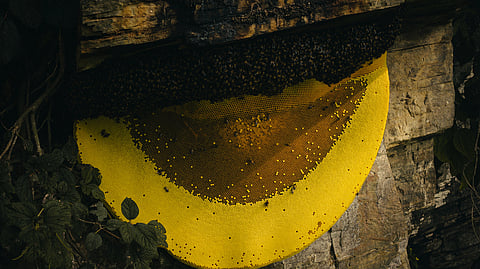Protein and Amino Acid Content
Mad honey has around 0.5% protein including both free amino acids and enzymatic proteins. According to another, more recent research article featuring bee pollen that was gathered in Rhododendron ponticum the amino acid profile is impressive, with a total of 42 amino acids being recorded. The analysis reveals high levels of L-asparagine, and substantial amounts of gamma-aminobutyric acid (GABA), and L-tryptophan amino acids known for their impact on the nervous system and mood.
The mad honey with Rhododendron pollen contains eight essential amino acids (methionine, lysine, threonine, histidine and bigger chain amino acids including leucine, isoleucine, valine phenylalanin) and tryptophan. Those indispensable amino acids cannot be produced by the human body, however they need to be fed with food, thus making mad honey an important complement of diet.


